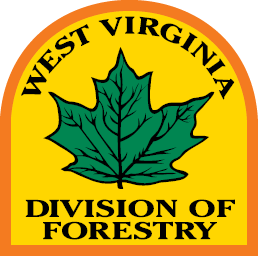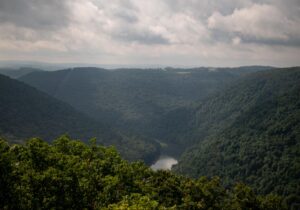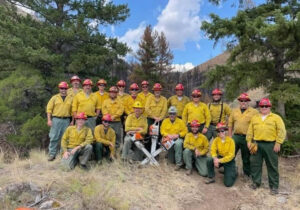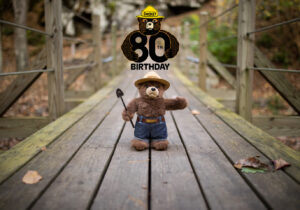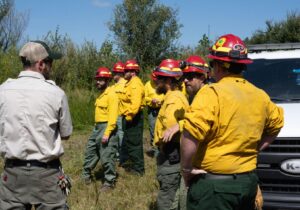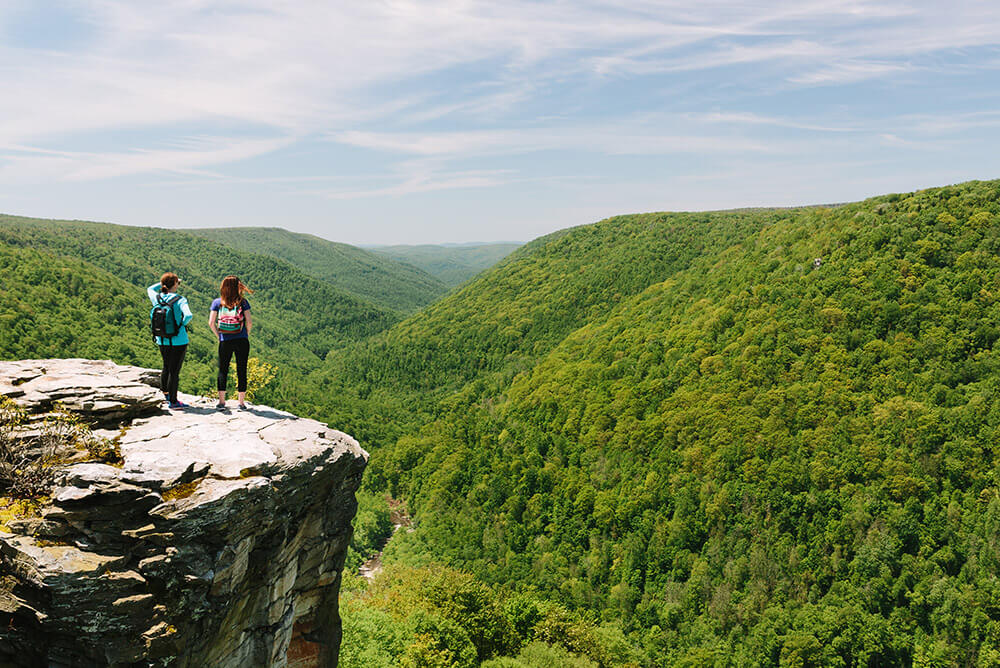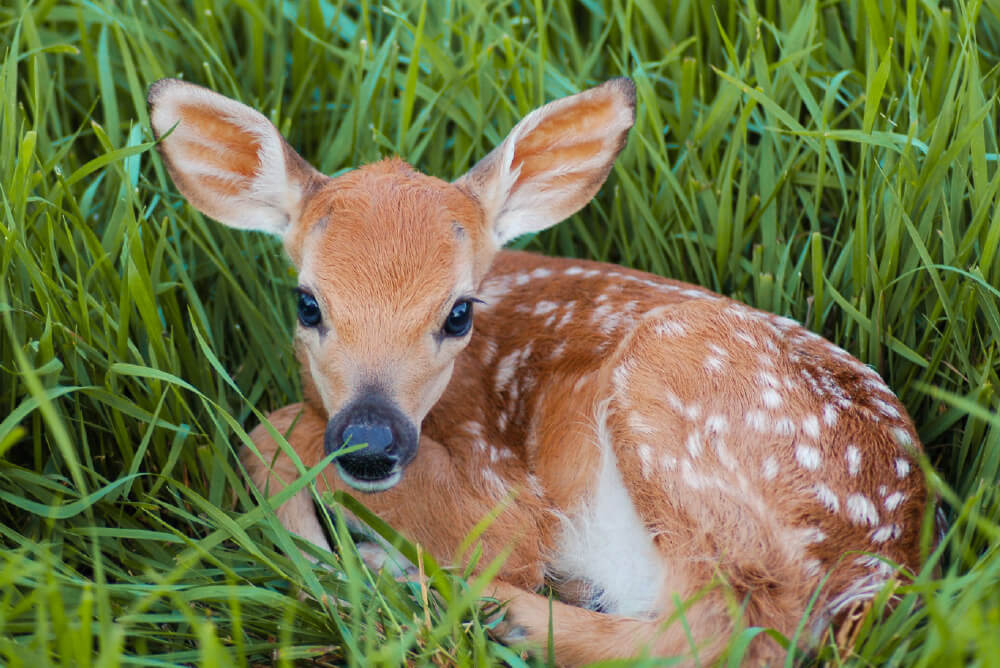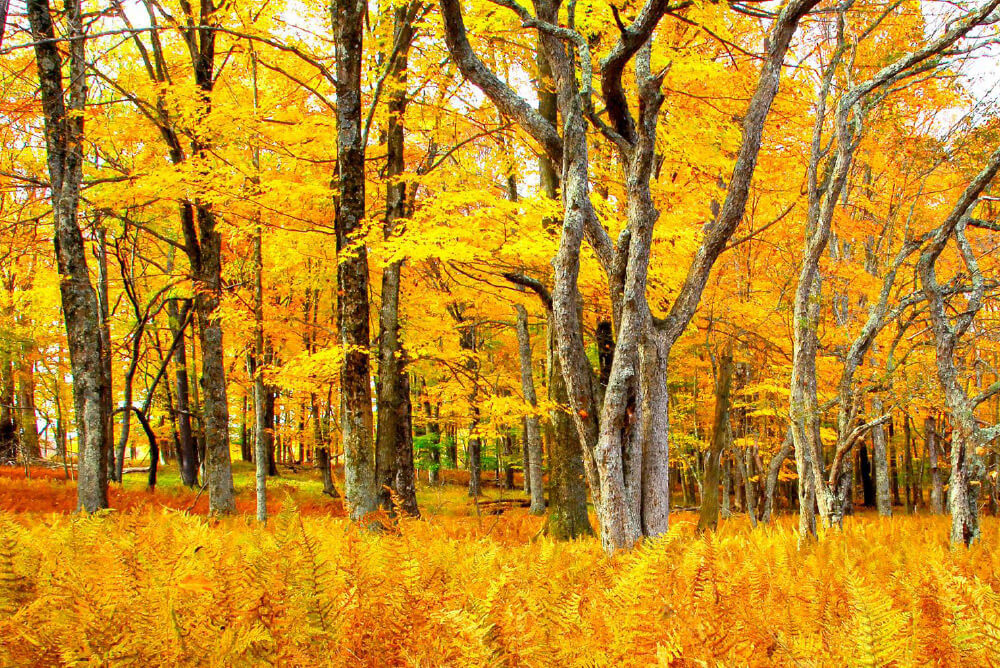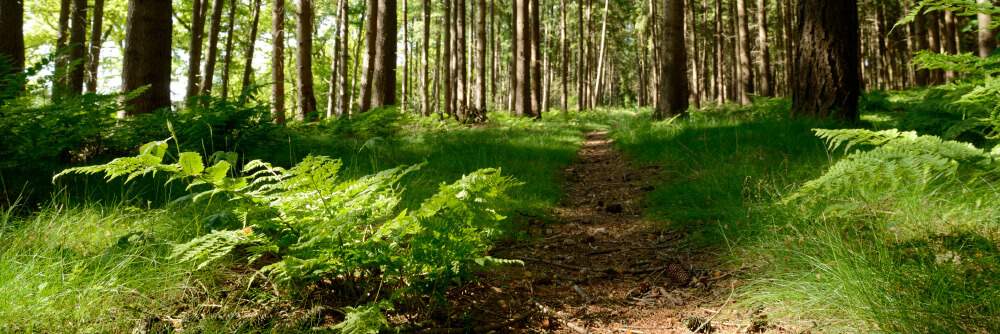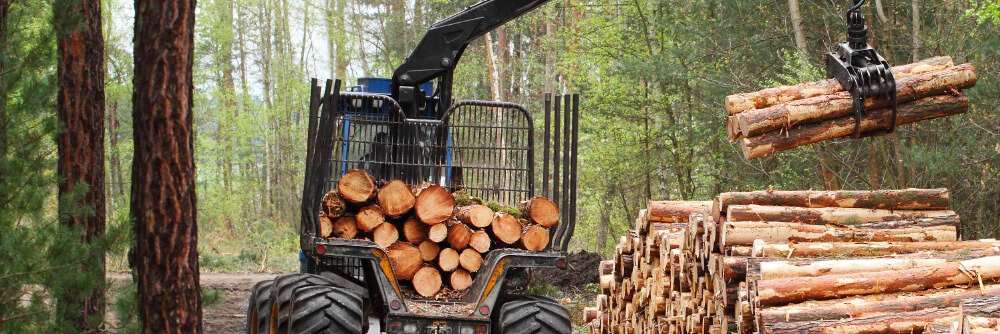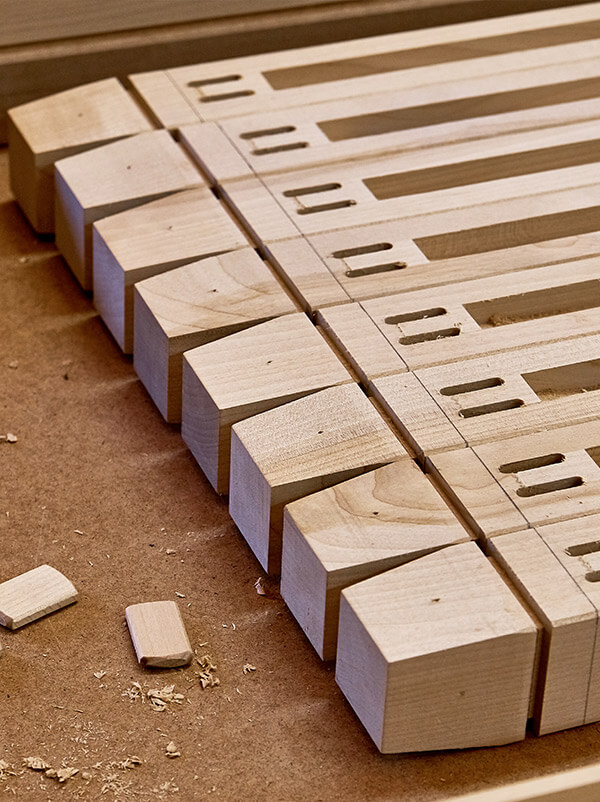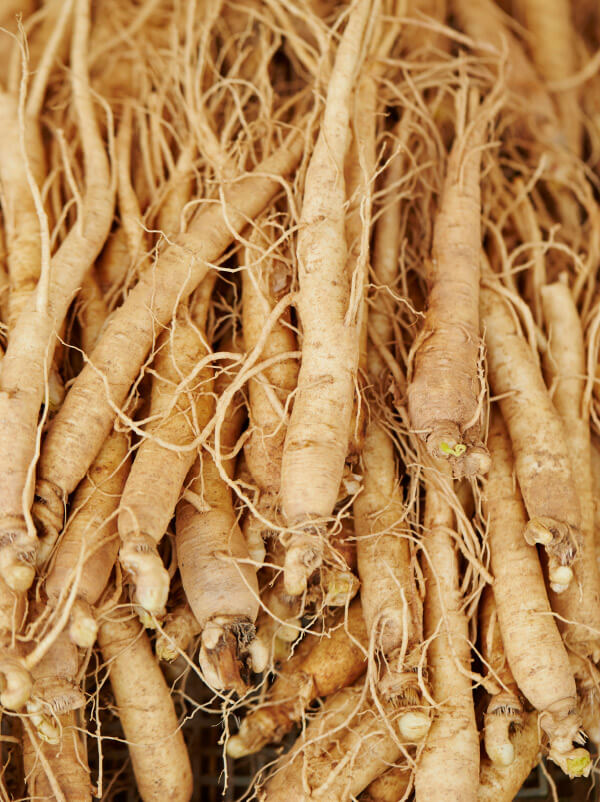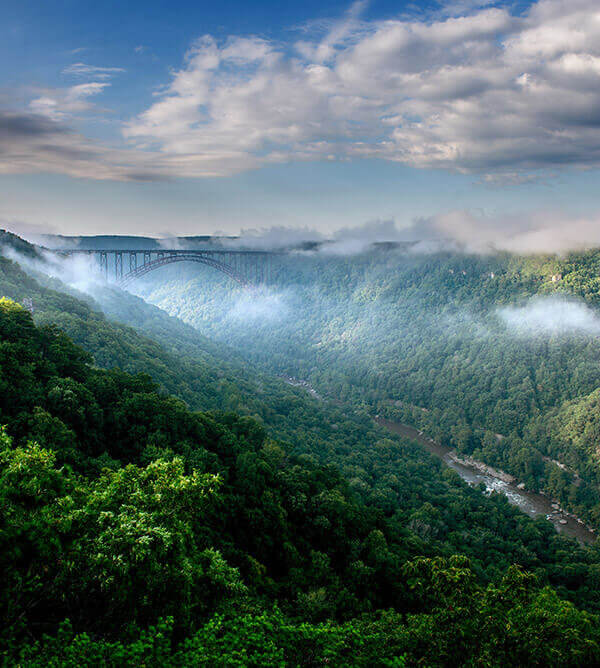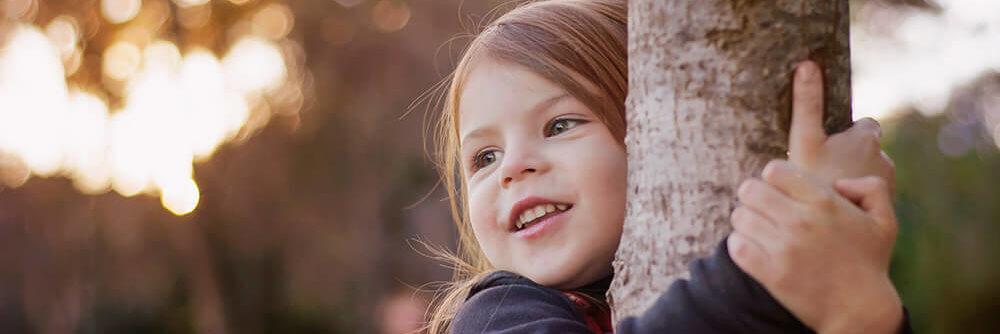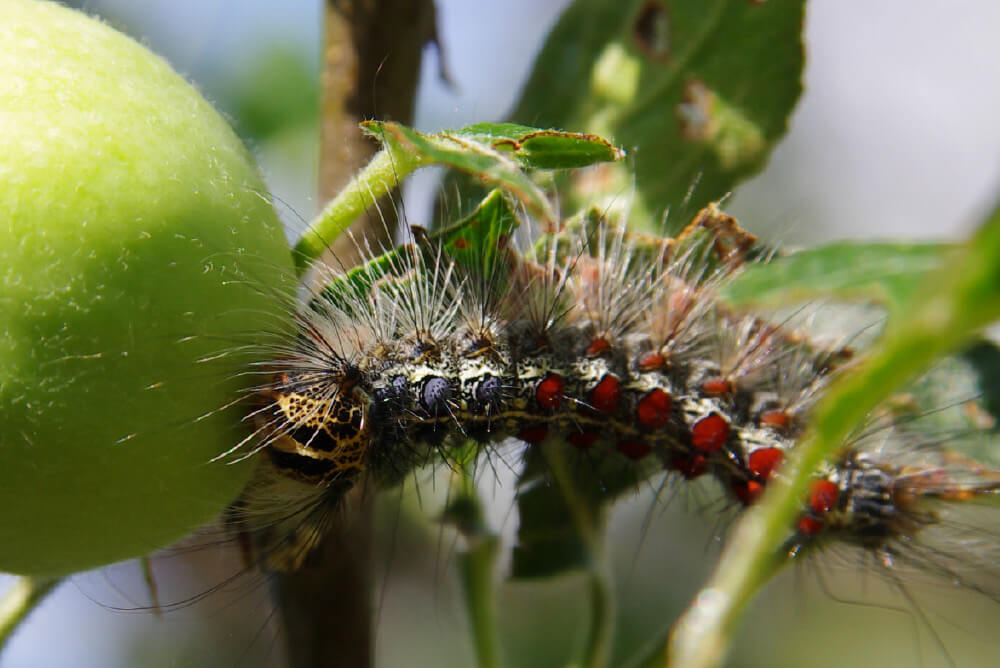Spring is tree planting season. Need some advice? Ask a fourth- or fifth-grader!
Students in those grade levels throughout West Virginia recently took part in Forestry’s 2020 Arbor Day poster contest. The theme, “Trees are Terrific – in the Right Place,†was designed to teach them the do’s and don’ts of proper tree planting. And if a fifth grader can do it, so can you!
A successful tree planting depends primarily upon three factors: Timing, location, and tree species. We’ll address the basics here:
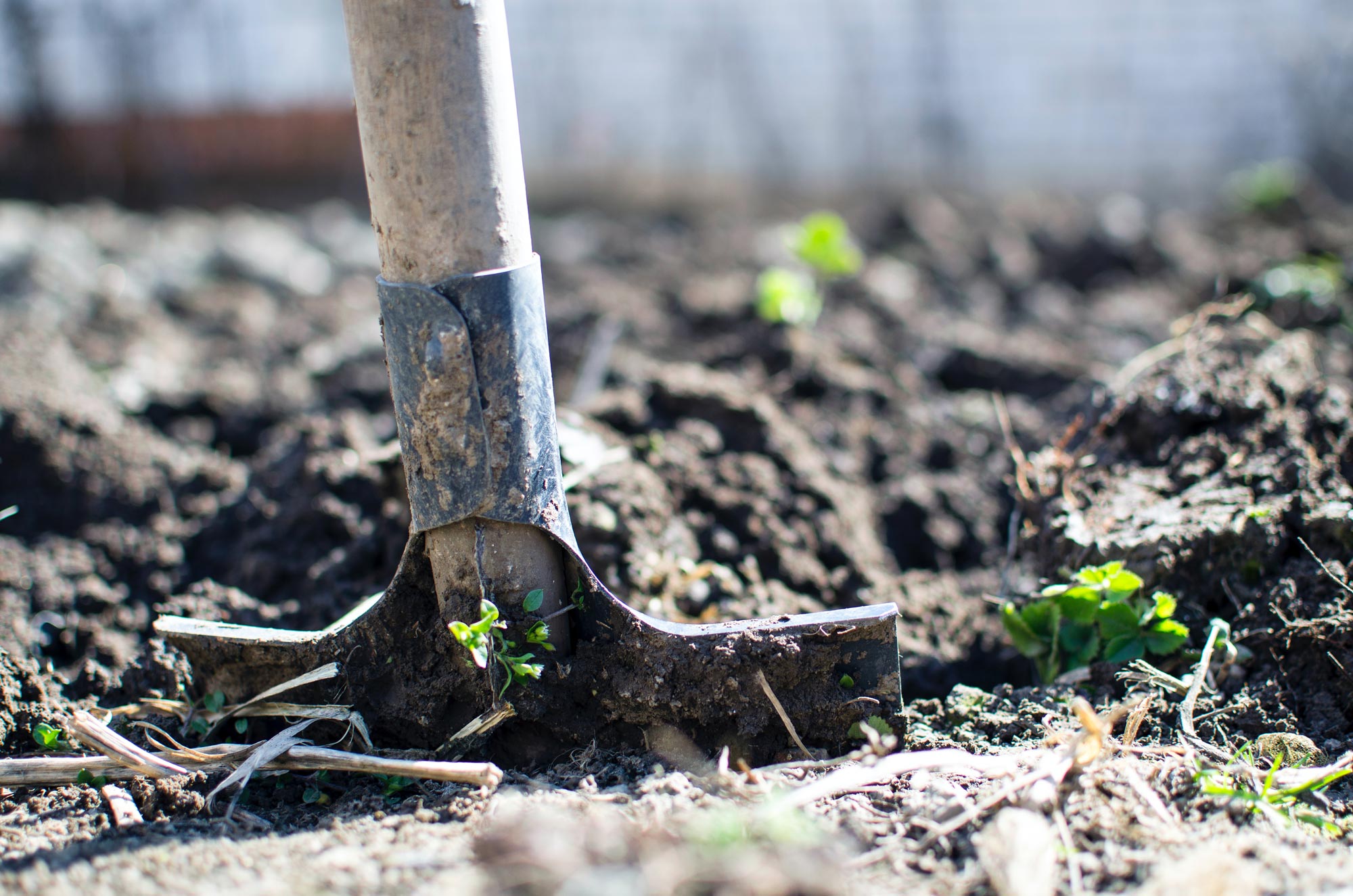
Timing
Planting a tree is a great way to mark a special occasion — to honor a birthday or anniversary or memorialize a loved one. But before you dig that hole and set those roots into the ground, keep in mind that certain times of the year are best to ensure a successful planting.
Late fall and early spring are typically the best planting times. Plant seedlings immediately, before the buds begin to break open. If you’re not able to plant them right away, store the seedlings in a cool, dark place and water their roots periodically. Don’t ever let the roots dry out!
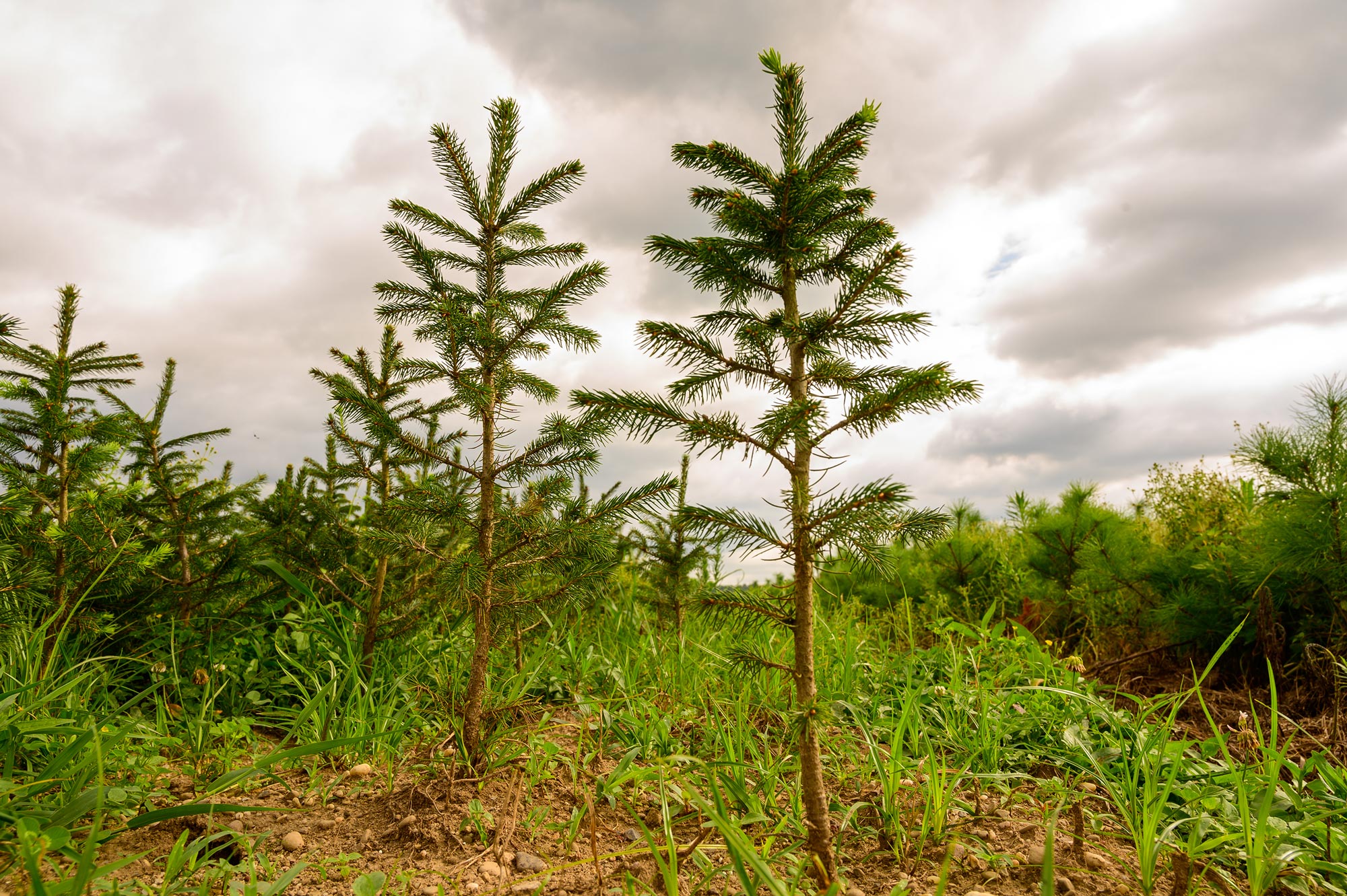
Location
Are you organizing a neighborhood planting? It’s said that prime real estate is all about “location, location, location.” The same can be said of a successful urban tree planting.
Incorporate trees into designs for roadways, sidewalks and parking lots, as long as they don’t create blind spots for motorists. Avoid sites within 40 feet of an intersection, road sign or traffic signal.
Find out the mature height and spread of your tree and make sure the planting site is large enough to accommodate future growth. Never plant trees in the presence of power lines if they grow to more than 25 feet in height.
Pick sites with ample soil moisture and good soil quality and volume. Avoid sites with highly compacted soils, high exposure to vehicle exhaust or sites with underground utility lines or pipes.
Keep in mind that roots need room to spread out. A healthy root system will spread out farther than the tree’s branches. Don’t plant within 20 feet of a building foundation or in close proximity to entryways. If you’re using sidewalk cutouts, a minimum of 6’ x 6’ is needed for a small or medium tree.
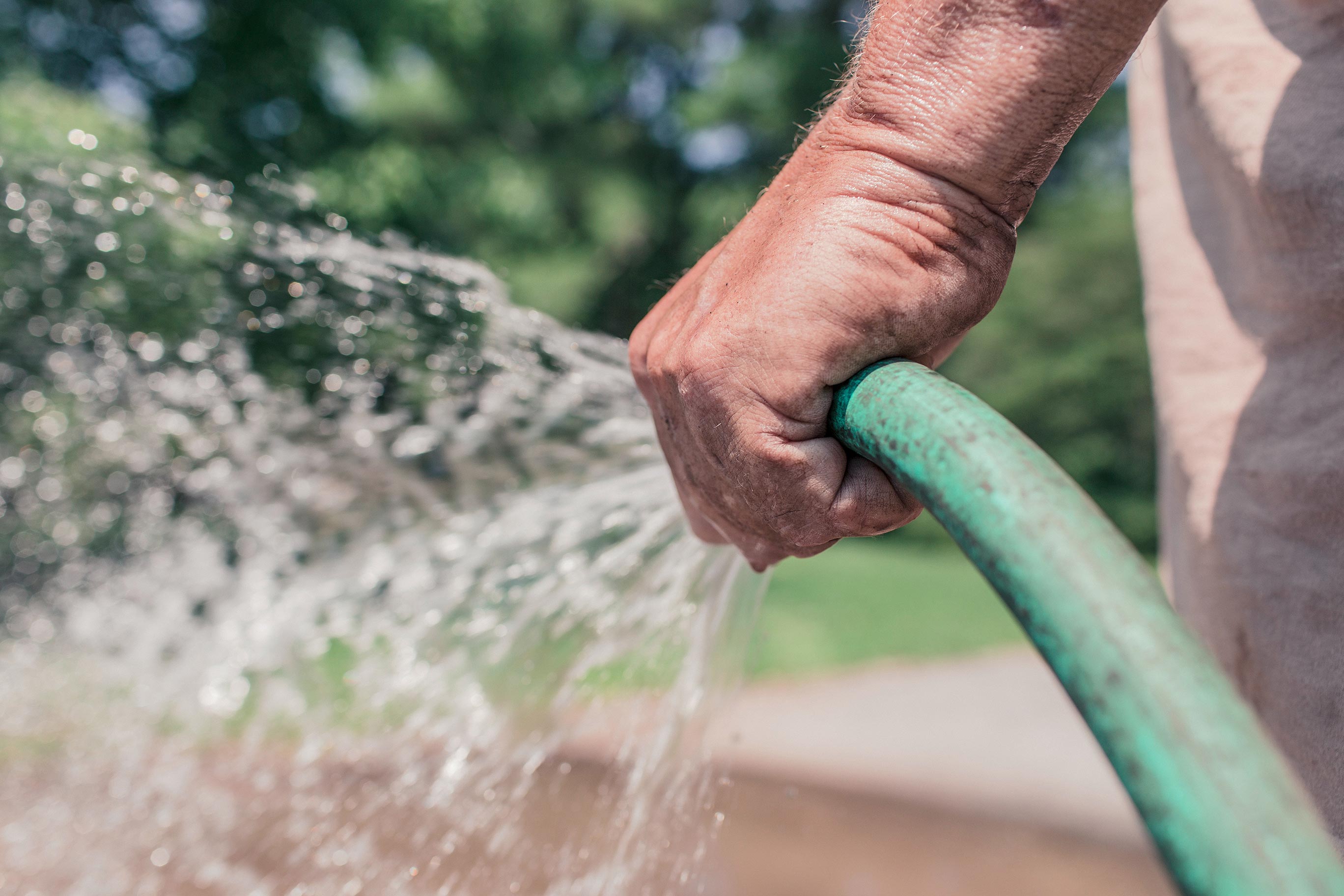
Tree Species
Your best bet for growing a healthy tree is to select native species that grow well in your region.
Owned and operated by the West Virginia Division of Forestry, Clements State Tree Nursery specializes in trees that grow well in the Mountain State. Most of the species are native to West Virginia and are genetically suitable for success here and in neighboring states.
In season (typically September through April) the nursery takes orders for bare-root seedlings in bundles of 25. The nursery also sells individual container trees throughout the summer.
You can choose from a variety of conifers and hardwoods, including white pine, Chinese chestnut, sugar maple, red oak and more. Ordering is available here.
When planting a tree in your yard, consider all aspects of the tree at maturity: tree function, maintenance, denseness, purpose, etc. Take into account the existing trees and strive for diversity within your selection if possible. Avoid species with disease susceptibility or poor growth habits.
General Care
Once your tree is safely in the ground, it still needs some TLC. Water trees often during the first 2 years of their life, especially in the summer. Keep the soil moist, but not soggy, allowing the soil to dry out slightly before another watering.
Pruning can be conducted at various times of the year, depending on your goals. To encourage vigorous new spring growth, prune trees during their dormancy after the coldest part of winter has passed. If you need to direct or correct the tree’s growth, prune soon after its seasonal growth is complete. If your goal is to enhance flowering, prune spring-blooming trees when flowering fades.
A printable guide is available here. If you have any questions about planting, tree care or species selection, contact the nursery or your regional forest office. https://wvforeststage.wpengine.com/contact-us/
